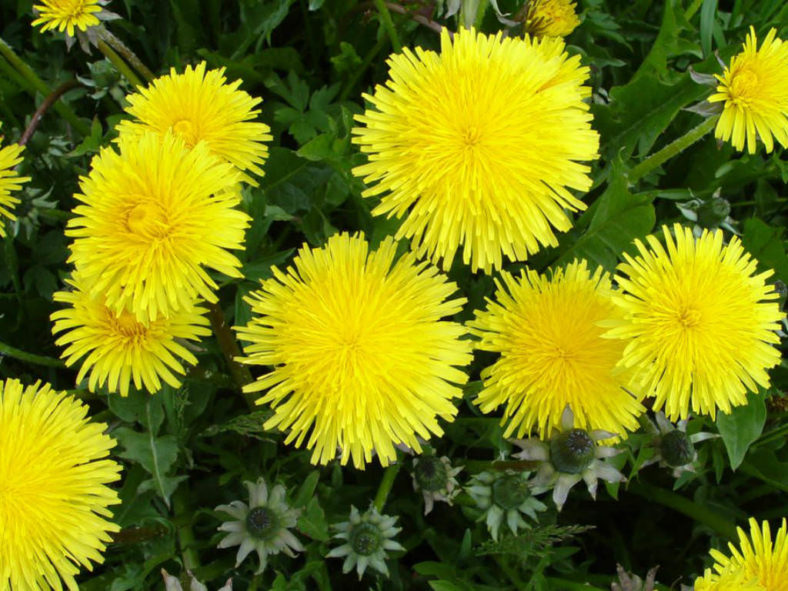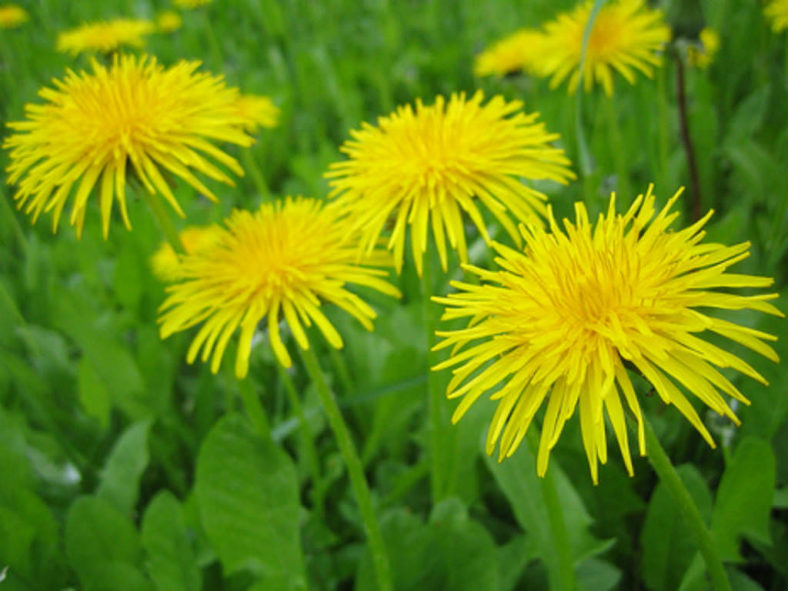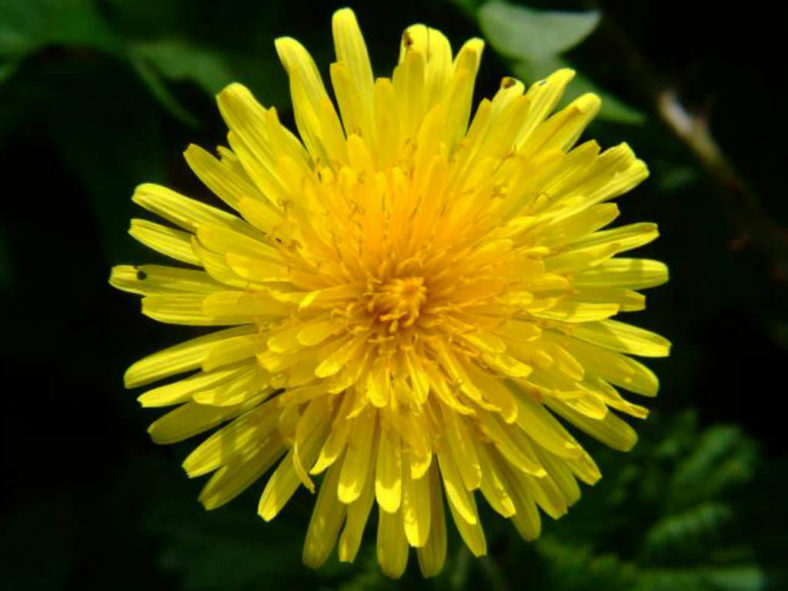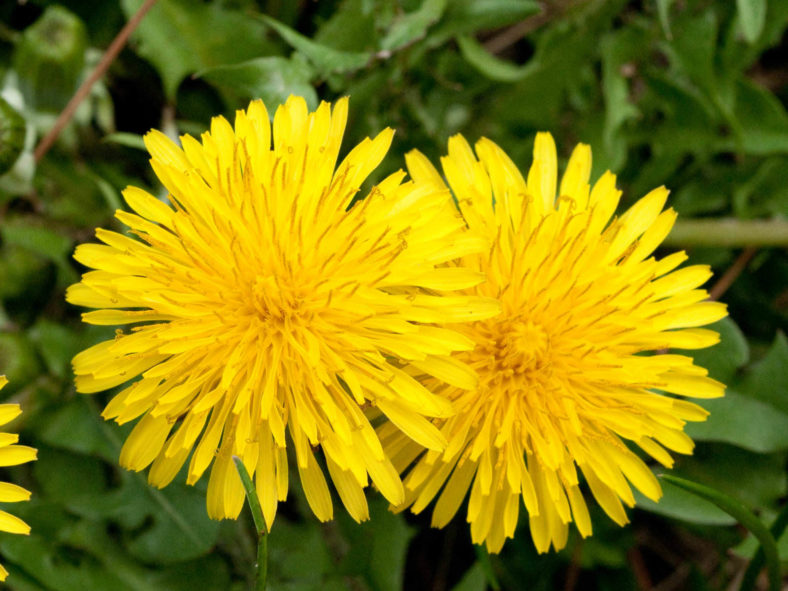Scientific Name
Taraxacum officinale F. H. Wigg.
Common Name(s)
Dandelion, Common Dandelion, Lion' s-Tooth
Synonym(s)
Leontodon taraxacum, Taraxacum dens-leonis, Taraxacum vulgare
Scientific Classification
Family: Asteraceae
Subfamily: Cichorioideae
Tribe: Cichorieae
Subtribe: Crepidinae
Genus: Taraxacum
Flower
Color: Yellow
Bloom Time: Spring to summer
Description
Taraxacum officinale is an herbaceous perennial plant that grows up to 15.7 inches (40 cm) tall. The stems produce upright or lax flower heads. The leaves are shiny and without hairs, up to 17.7 inches (45 cm) long and up to 4 inches (10 cm) wide. All the leaves are basal.
The flowers are hermaphrodite, yellow, and up to 2 inches (5 cm) in diameter. Each flowering stem has one single flower head.

How to Grow and Care
At a very basic level, you don't need to do much to grow Dandelions. Chances are there is a whole yard full of them near where you live, perhaps even right outside your door. Still, the Dandelion plants growing in your lawn are likely Common Dandelion (Taraxacum officinale subsp. vulgare). This is the most common variety of Dandelion, but thousands of varieties and cultivars are found worldwide. Common Dandelion has all the health benefits mentioned above, but it tends to be a bit more bitter than some of the other varieties you can buy.
Dandelions are naturally very bitter greens, but you can take steps to reduce their bitterness. First, grow a less bitter variety. The right variety can make Dandelion greens taste much better than the wild variety growing in your yard.
Second, try growing Dandelions in the shade. This will blanch the leaves slightly and result in a less bitter leaf. Alternatively, you can manually blanch the Dandelions by covering the plants a few days before harvest.
See more at How to Grow and Care for Dandelion.
Origin
This species can be found in temperate regions, lawns, roadsides, disturbed banks and shores of waterways, and other areas with moist soils.
Links
- Back to genus Taraxacum
- Plantpedia: Browse flowering plants by Scientific Name, Common Name, Genus, Family, USDA Hardiness Zone, or Origin
Photo Gallery
Click on a photo to see a larger version.




